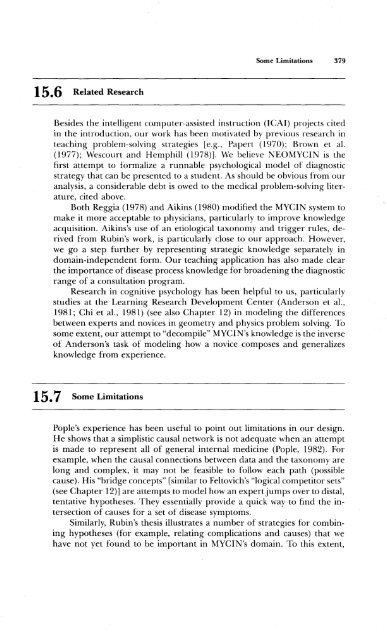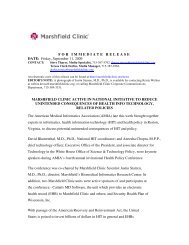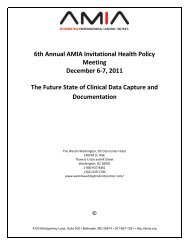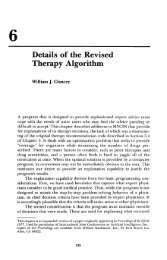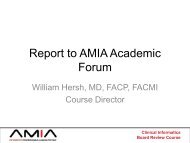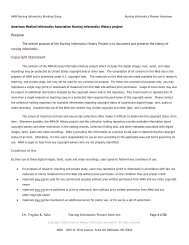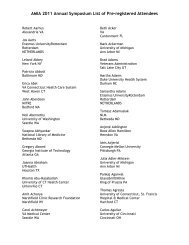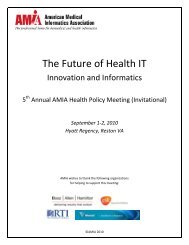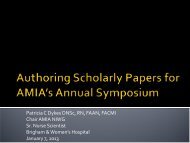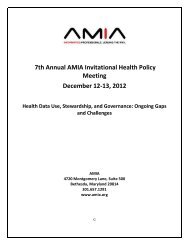Chapter 15 - People
Chapter 15 - People
Chapter 15 - People
Create successful ePaper yourself
Turn your PDF publications into a flip-book with our unique Google optimized e-Paper software.
Some Limitations 379<strong>15</strong> • 6Related ResearchBesides the intelligent computer-assisted instruction (ICAI) projects citedin the introduction, our work has been motivated by previous research inteaching problem-solving strategies [e.g., Papert (1970); Brown et al.(1977); vVescourt and Hemphill (1978)]. We believe NEOMYCIN is thefirst attempt to formalize a runnable psychological model of diagnosticstrategy that can be presented to a student. As should be obvious from ouranalysis, a considerable debt is owed to the medical problem-solving literature,cited above.Both Reggia (1978) and Aikins (1980) modified the MYCIN system tomake it more acceptable to physicians, particularly to improve knowledgeacquisition. Aikins's use of an etiological taxonomy and trigger rules, derivedfrom Rubin's work, is particularly close to our approach. However,we go a step further by representing strategic knowledge separately indomain-independent form. Our teaching application has also made clearthe importance of disease process knowledge for broadening the diagnosticrange of a consultation program.Research in cognitive psychology has been helpful to us, particularlystudies at the Learning Research Development Center (Anderson et al.,1981; Chi et al., 1981) (see also <strong>Chapter</strong> 12) in modeling the differencesbetween experts and novices in geometry and physics problem solving. Tosome extent, our attempt to "decompile" MYCIN's knowledge is the inverseof Anderson's task of modeling how a novice composes and generalizesknowledge from experience.<strong>15</strong> • 7Some LimitationsPople's experience has been useful to point out limitations in our design.He shows that a simplistic causal network is not adequate when an attemptis made to represent all of general internal medicine (Pople, 1982). Forexample, when the causal connections between data and the taxonomy arelong and complex, it may not be feasible to follow each path (possiblecause). His "bridge concepts" [similar to Feltovich's "logical competitor sets"(see <strong>Chapter</strong> 12)] are attempts to model how an expert jumps over to distal,tentative hypotheses. They essentially provide a quick way to find the intersectionof causes for a set of disease symptoms.Similarly, Rubin's thesis illustrates a number of strategies for combininghypotheses (for example, relating complications and causes) that wehave not yet found to be important in MYCIN's domain. To this extent,


